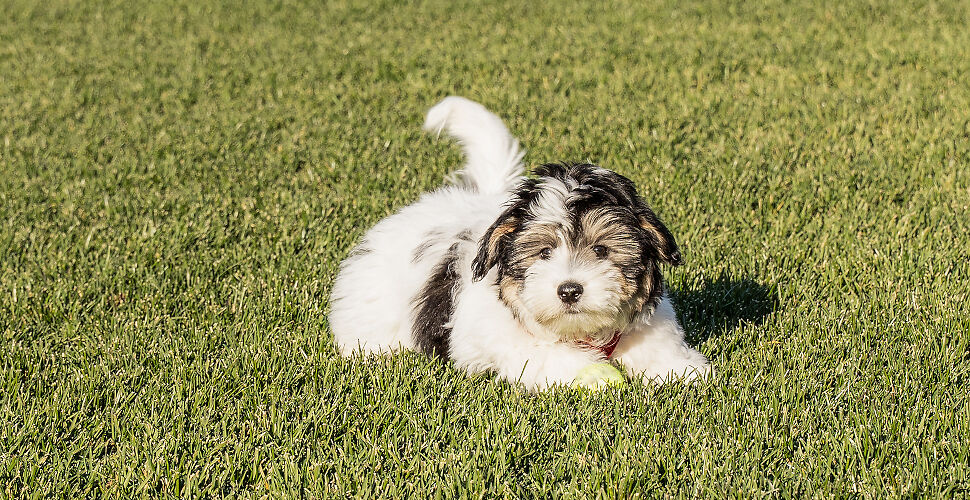
April 18th, 2023 by
Wagging tails are a fun part of dog ownership, whether your pup is wagging his tail proudly after you've given him a treat or if he's wagging it frantically in the middle of a happy dance, there are few things cuter than seeing those little tails going back and forth. However, not all tail wags are created equal. Some dogs wag their tails for different reasons and can even use them to communicate with other dogs! So, before you get too excited about your pup's newfound friendliness toward other humans (or other pooches), here's a crash course on why doggies love doing what they do best: Wagging their tails
A dog's tail is the window to its soul.
The tail is a dog's most expressive body part. It can be used to communicate many different emotions, including happiness, excitement, anger and sadness. Dogs have been using their tails to communicate with each other for thousands of years; tail wagging originated from wolves and dogs' ancestors who would use it as a way of communicating with each other when hunting for food or protecting the pack from predators. Today we know that this movement is also used by dogs when greeting us humans!

What does it mean when my pooch wags its tail?
Dogs often use their tails to communicate with each other and their owners – while it is easy to interpret tail wagging to simply mean our pup is happy, they actually try to communicate a whole lot more with this simple gesture – including whether they are happy or sad, excited or even angry.
Tail position matters: The position of a dog's tail can communicate different emotions. A high, stiff tail can indicate that the dog is feeling confident and alert. A low, tucked tail can signal fear, anxiety, or submission – it is important to take note of these changes so that if your pup beings feeling anxious you can help them to feel more comfortable and remove them from the situation.
Wagging speed matters: The speed at which a dog wags its tail can also convey emotions. A slow, gentle wag typically means the dog is feeling relaxed and happy. A fast, stiff wag may indicate that the dog is feeling agitated or aroused, like ways a smooth and fast wag can show your pup is feeling playful or excited.
Tail direction matters: The direction in which a dog wags its tail can also communicate different emotions. If the tail is wagging more to the right side, it can indicate positive emotions, whereas if it is wagging more to the left side, it can indicate negative emotions. The excited wag is when the tail moves up and down, often accompanied by prancing around on all fours and other signs of playfulness such as barking or licking their chops - A dog will do this if they want you to throw them a ball or engage in some other activity with them!
Context matters: It's important to consider the context in which your dog is wagging its tail. For example, if your dog is wagging its tail while growling or baring its teeth, it may be feeling aggressive or territorial.
Other Types of Wagging: Dogs will also use tail wagging when they want something from another dog or person (usually food). This type of tail movement is called "policing". It's similar to asking but does not include any vocalization; instead, it relies solely on body language.

Tail wagging originates from wolves’ and dogs’ ancestors.
Dogs and Wolves evolved tail wagging as a form of communication as it was an effective way to communicate with the rest of the pack from a distance – not too different from waving a flag. Wagging their tails was also a way for dogs to waft the pheromones that they release from their rears in order to provide important information to each other - this is why when dogs meet each other they sniff around the bottom and tail area!
Overall, tail wagging is just one piece of the puzzle when it comes to understanding our dogs. By paying attention to other body language cues and the context of the situation, we can better interpret what our dogs are trying to tell us. With practice and observation, we can become more fluent in the language of dogs and build stronger, more rewarding relationships with our furry friends.
Comments
Leave a reply
Your e-mail address will not be published. All fields are required


